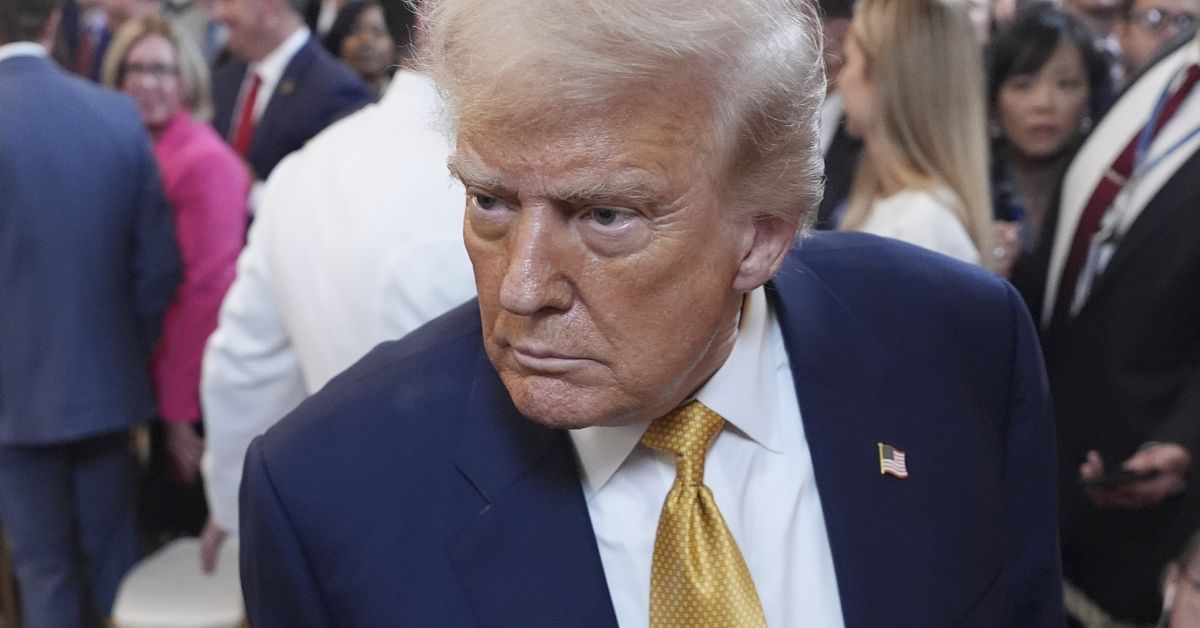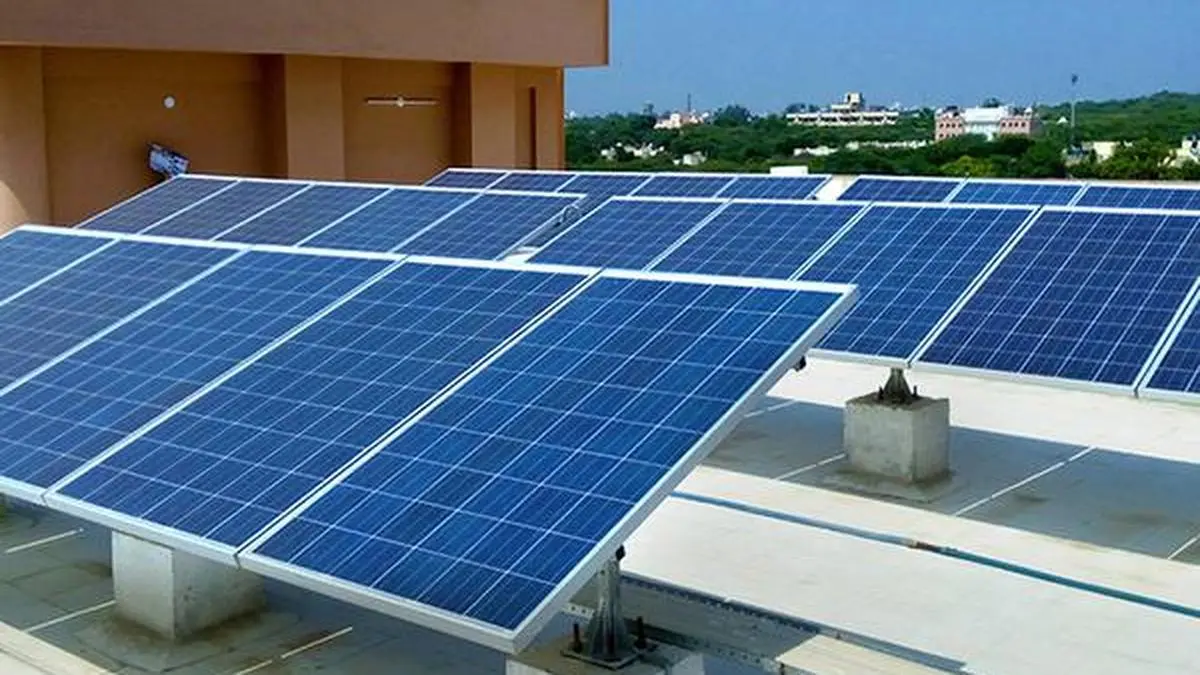The White House announced his diagnosis this morning, almost six months after he became the oldest person inaugurated as US president.
The 79-year-old will also become the nation’s oldest serving president during his second term.

Here’s everything you need to know about the condition he’s now been diagnosed with.
What was Donald Trump’s specific diagnosis?
Trump was diagnosed with chronic venous insufficiency after he “noted mild swelling in his lower legs” over a period of weeks.
The 79-year-old commander-in-chief underwent a “comprehensive examination, including diagnostic vascular studies” with the White House Medical Unit.
A note from his physician, Captain Sean Barbabella, stated that “bilateral lower extremity venous doppler ultrasounds were performed and revealed chronic venous insufficiency, ICD-9, a common condition, particularly in individuals over the age of 70”.
There was “no evidence of deep vein thrombosis or arterial disease” and that Trump’s lab testing was all “within normal limits”.
An echocardiogram found “no signs of heart failure, renal impairment, or systemic illness”.
What is chronic venous insufficiency?
Chronic venous insufficiency occurs when valves inside certain veins, typically in the legs, don’t work as they should.
Instead of allowing blood to flow back towards the heart, it pools or collects in the veins, causing symptoms like swelling, aching, varicose veins, pain or skin changes.
Though not a serious health threat on its own, chronic venous insufficiency can be painful and debilitating and should be assessed by a medical professional.
Cardiologist Dr Bernard Ashby said that even though Trump’s diagnosis was reportedly “benign”, “venous insufficiency, by itself doesn’t necessarily mean it’s benign”.
“The question is, what’s causing the venous insufficiency?” he told CNN.

What causes chronic venous insufficiency?
The causes of chronic venous insufficiency can vary and the risk of developing the condition increases with age.
Common contributing factors include:
- being overweight
- lack of exercise
- smoking
- pregnancy
- a family history of chronic venous insufficiency
- damage to the leg due to injury, surgery or previous blood clots
- high blood pressure in the leg veins due to sitting or standing for long periods
Other causes may include deep vein thrombosis, where a blood clot forms in a deep vein, and phlebitis, the swelling and inflammation of a vein close to the skin.
Chronic venous insufficiency can also be related to conditions like increased pressure from the heart or sleep apnea.
Dr Jeremy Faust, an assistant professor of emergency medicine at Harvard Medical School, told CNN that Trump’s diagnosis was neither alarming nor surprising.
“This is a pretty normal part of aging, and especially for someone in the overweight to obese category, which is where the president has always been,” he said.
What are the symptoms of chronic venous insufficiency?
Common symptoms of chronic venous insufficiency include:
- swelling of the legs or ankles
- tightness, itching or pain in the legs
- pain while walking
- skin discolouration, usually near the ankles
- varicose veins
- restless legs
- leg cramps and muscle spasms
Some patients may also experience leg ulcers, painful open wounds that may take weeks to heal even with treatment.
Trump’s symptoms, as reported by the White House, currently include mild swelling of the legs.
White House press secretary Karoline Leavitt said he was experiencing “no discomfort”.

What is the treatment for chronic venous insufficiency?
Treatment for chronic venous insufficiency may include minimally invasive procedures to improve blood flow or, in more severe cases, surgery.
Regular exercise, wearing compression stockings and keeping the legs elevated may help improve blood flow.
Medications may also be prescribed to help increase blood flow.
Some patients may underdo endovenous laser ablation or radiofrequency ablation, minimally invasive procedures designed to stimulate affected veins.
In more serious cases, sclerotherapy or surgery may be required.
Sclerotherapy involves injecting a chemical into the affected veins which causes scarring that prevents them from carrying blood.
The body absorbs the scarred veins and blood is redirected through healthy veins.
Surgery may involve ligation, wherein the affected vein is tied off to prevent blood flow or removed entirely if it is heavily damaged.
The White House has not yet announced any details regarding Trump’s treatment.








